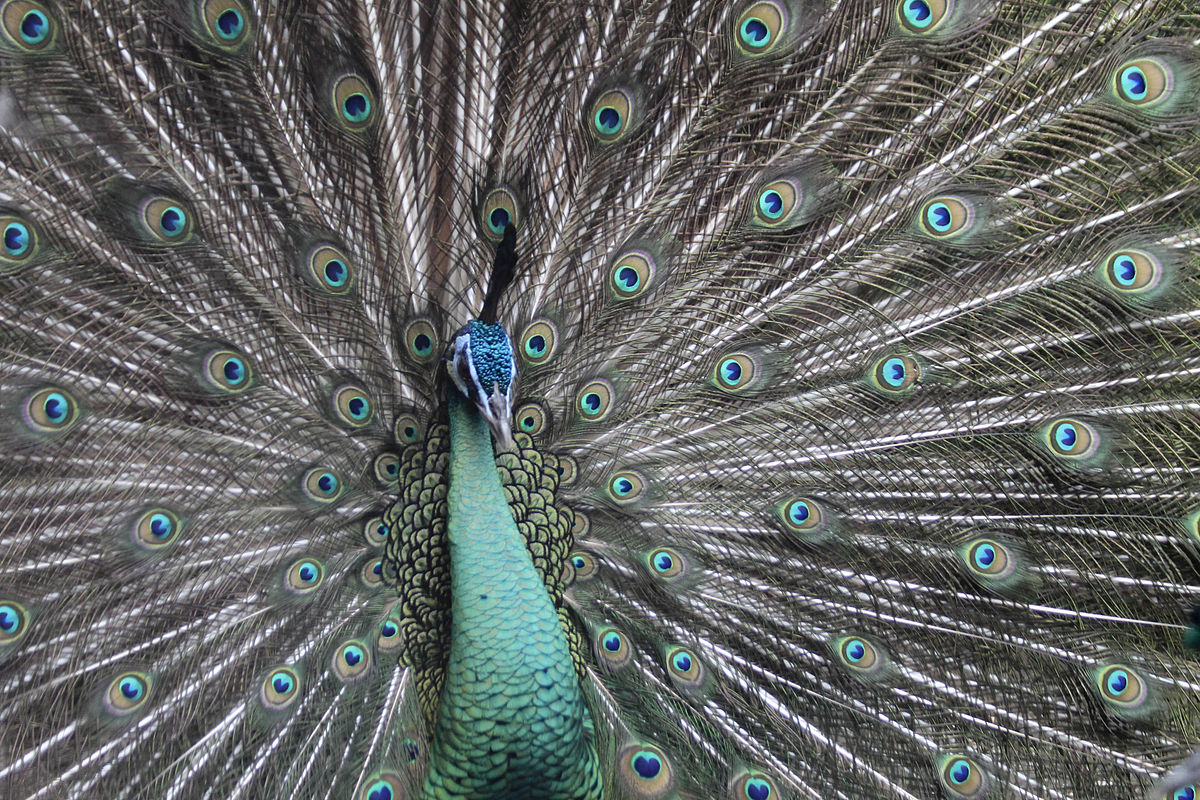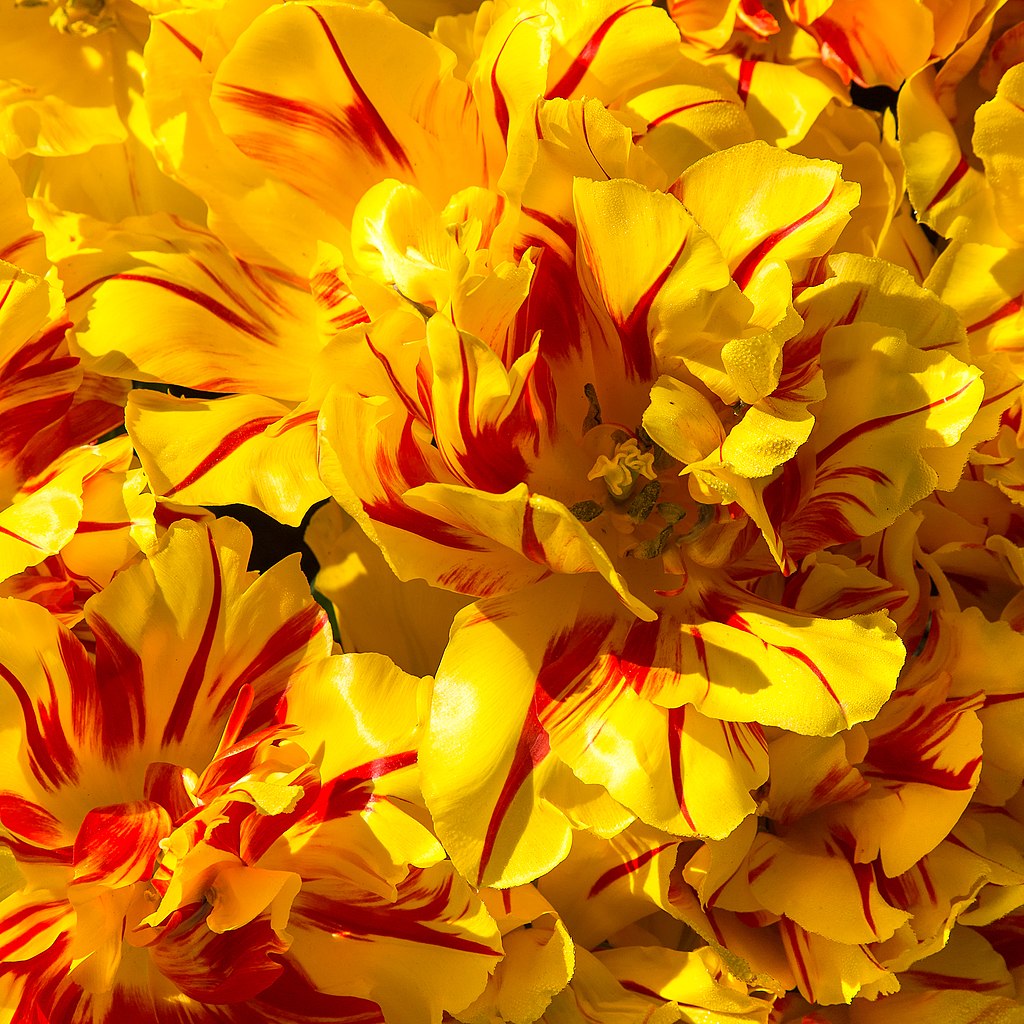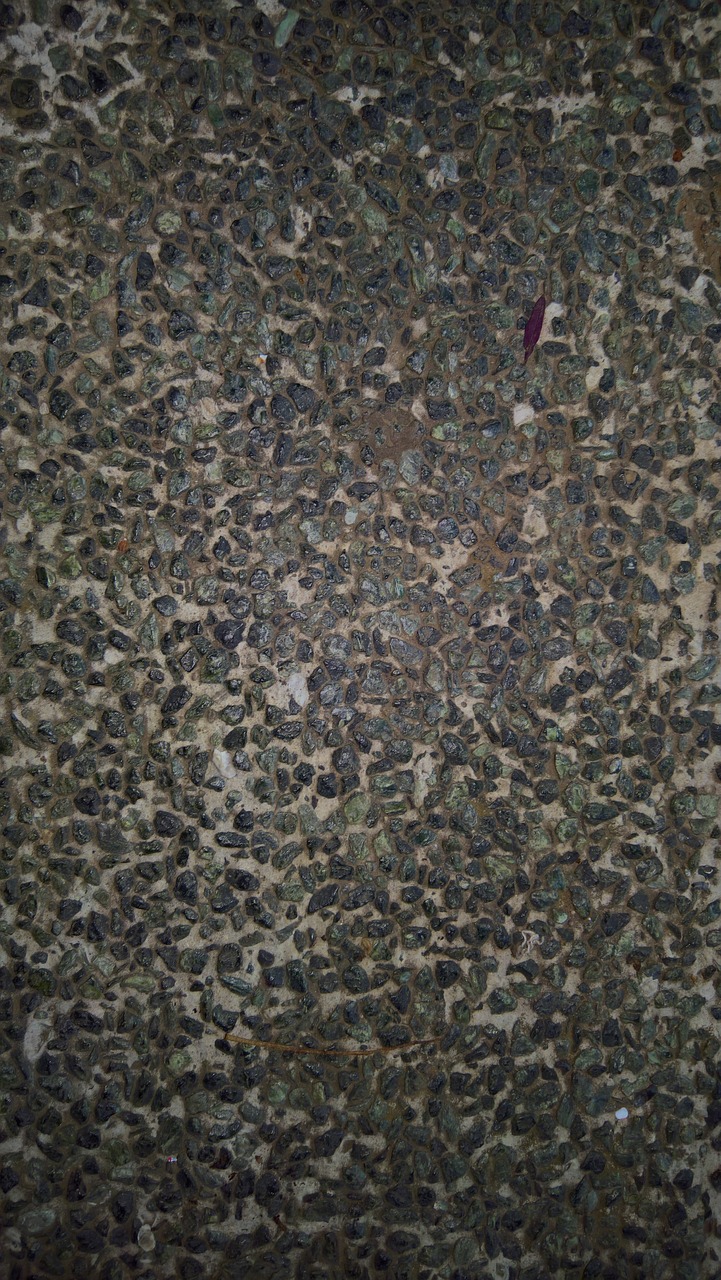
(Source: Wikimedia commons)
Framing your photographs is one of the most difficult tasks you’ll encounter as a newbie photographer. It’s also one of the most rewarding when you get it right! In this article, we’re going to address how, when, and why you should fill the frame.
From the Martin Parr style of close ups, to the enigmatic Lars Tunbjork, knowing what is going on in your frame is key. You’ll need your eyes to spot the best times to take advantage of accurate shot-framing.
When done properly, a filled frame photograph looks effortless and amazing. Whether you’re getting unnervingly close to your subject, or giving the viewer an overload of imagery, wisely using the frame is going to make your shots both entertaining and emotive.
In this article I am going to go through a range of techniques, tips and handy tools that will guide you through the when, why, and how of capturing the best shots possible.
Read on and find out how your favorite photographers are using this compositional tool to enhance their shots and “wow” viewers.
Get close, get personal

(Source: Wikimedia commons)
The first frame-filling compositional ideas that we are going to address is about getting close and personal. This is one of my favorite compositional ventures. When done correctly, photographs come out looking gorgeously insane.
If you’re not interested in conventional beauty, or easily get bored of looking at edited and often saturated photographs, yet finds relevance in the raw edge of the natural world, this mode of shooting and composing may well be for you.
What does “get close, get personal” mean? Exactly that! This mode of photography is most used in street or documentary-style shooting. Not to be confused with macro photography, what we are suggesting here is locating a subject and getting extremely close to them in order to fill the frame of your photograph.
Often these styles of composed shots have no borders thereby adding to the idea of a filled frame. The benefits of getting so close to your subject that they literally take up the entirety of your frame is that the viewer gets to see details that would otherwise be lost on a distant composed shot.
My favorite photographer, Martin Parr, has popularized this form of photography. He often uses humans as his subjects.
The beauty of this compositional tool is often the reaction elicited from the viewer. Quite often, I have found myself asking how Parr managed to get so close to his subject? Did he ask? Surely not. How was he sneaky?
In order to get this composition down you’ll need to be silent like a mouse or polite like a saint. I normally opt to be silent. Having a quiet camera helps too!
Find yourself a subject that will look interesting or odd up close. Parr uses humans but it can be literally be anything. A key point when trying out this style of photography is that you’ll likely never ruin an image by being too close. So don’t be scared! Get close and personal.
When your subject has filled the entirety of your frame you can quickly shoot the image. What you’ll be left with is a shot that forces the subject onto the viewer. Even if the results aren’t always pretty, the viewer will be confronted with your subject head-on. Giving the viewer no room to look elsewhere is a powerful tool for focusing in on what is real – not the distant blur or haze of the artificial.
This is a great way to introduce political themes, highlight the natural beauty of the work and its inhabitants, as well as drawing attention toward the often overlooked and uninterested. You’ll often find viewers are intrigued by your nosey-ness and want to inspect and comment on your shots – especially when you focus on that which isn’t thought of as a traditional form of beauty.
You can also edit the full-frame shot. By this I mean cut out the edges of your photograph and bring the subject to the forefront of the image. If you’re a savvy image editor then this a is a great way to create the full-frame up -close-and-personal shot without actually having to encroach on another human’s space. Perfect!
If you’re feeling adventurous or want to try out a different compositional component, give this a try. I really enjoy taking these kinds of shots and often think they make for the most compelling of images. Give it a try and you’ll be amazed by the results.
Working the area – make it all come together (and count)

(Source: Pixabay)
The next compositional technique to do with filling the frame is almost the polar opposite of the first “getting close” approach. Working the area or getting the most out of a frame requires an eye that scopes out the entirety of a frame, and fills it completely with details that are both captivating, relevant, and interesting.
How do you accomplish this? It requires you to use your eyes to the best of its ability. You’ll need to literally have eyes everywhere. These types of shots usually have lots of moving pieces. You’ll either be waiting for the right moment or moving to get the perfect angle in order to make sure that everything lines up perfectly all at the same time.
Working the area is a skill that sounds easier than it is. The shots often take a moment to sink in and can be overlooked. But when looked at properly, you’ll see just how truly amazing the photographer’s eye is in these shots are, and how they’ve managed to capture everything perfectly, all at the same time.
Joel Sternfeld is a photographer who is renowned for being able to capture ultimate events all at once. They look effortless when pulled off but they actually take time, skill, and movement.
You’ll need to know exactly what’s going on in your frame at all times, especially where in your frame you want stuff to be going on, at what point and to what affect.
In order to be able to make the most of a full-frame area shot, you’ll probably have to do your research. You’ll need to know the different elements which come together all at once, and which intersect. You might need to know movements, how busy somewhere is, or what to expect when a light changes.
You’ll need to use your eyes to align the frame so you get everything just right. Setting these shits up can take hours if done correctly. You’ll also need to work the space and area around where you are positioned. You’ll need to edit out with your eyes the areas that add or don’t add anything to your shot.
Knowing how each element will move is another key part of filling the frame. As with movement, other elements within the frame will also move and this can derail your image.
Essentially, this type of shot takes time. Be prepared to hunker down and make the most of shooting possibilities. Move around a lot. Take your time. Figure the space, place, and time. Use temporality to your advantage. Remember, you’ll be composing a pause in time so make sure that pause is accurate and heartfelt.
Final thoughts
Fill your frame to give your viewer more detail. Create shots that will alter viewers’ perceptions. Capture the unknown and unworthy. Challenge yourself to stage a composition that fills the frame with entirely interesting moving parts that only at that moment in time all come together perfectly.
Use your knowledge of space, time, and place to manipulate images. This form of composition will make your images look a whole lot more interesting – so use it wisely and take time to learn the tricks.